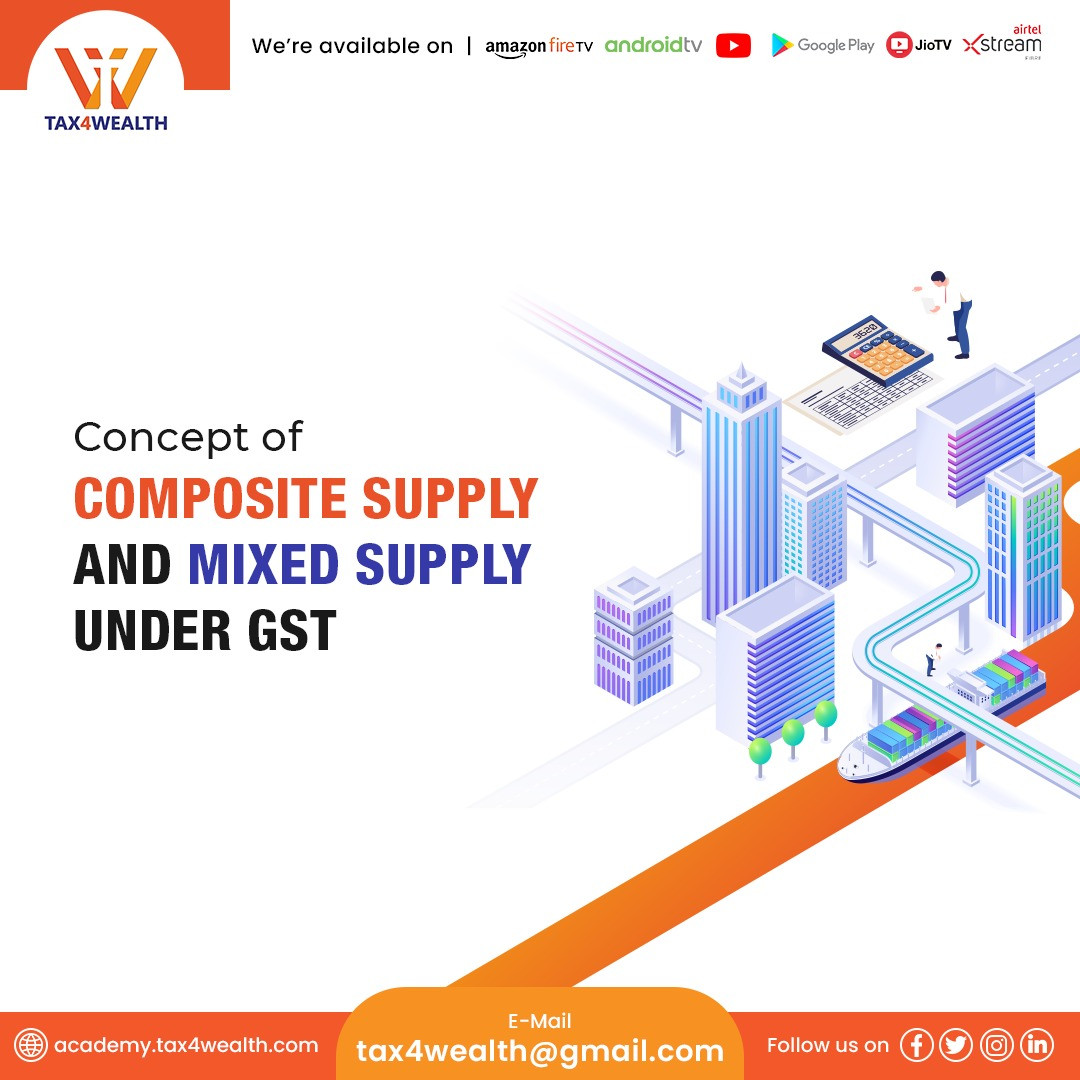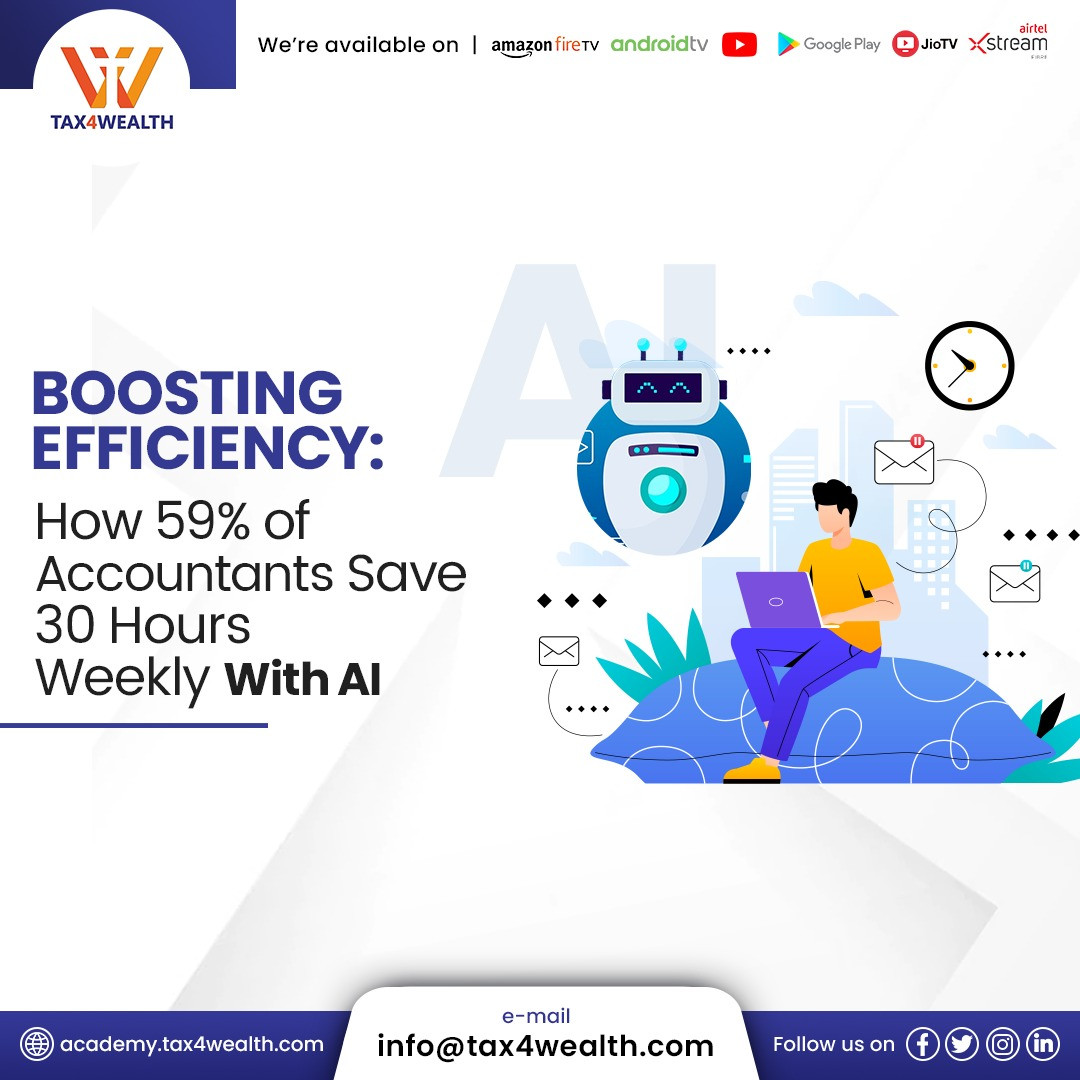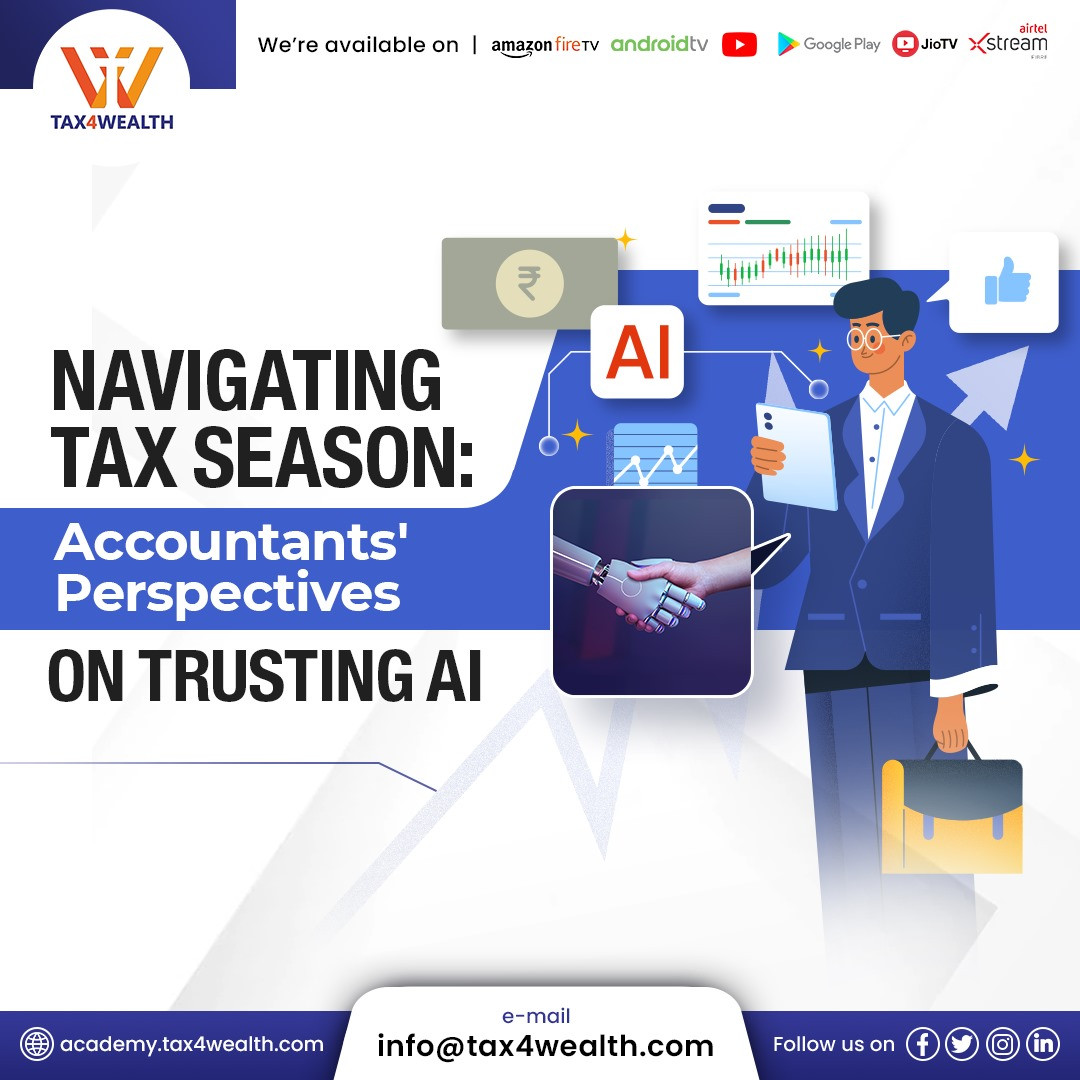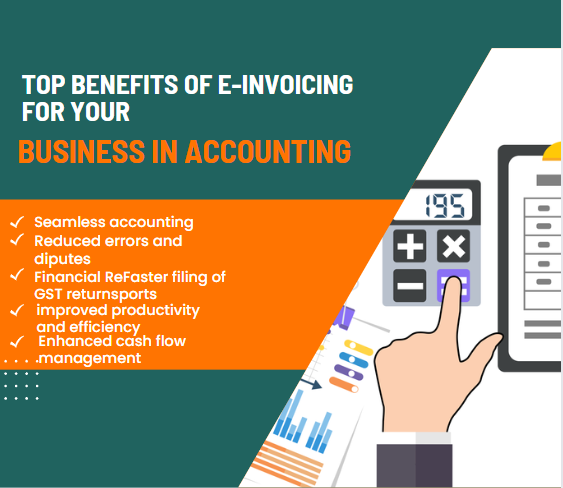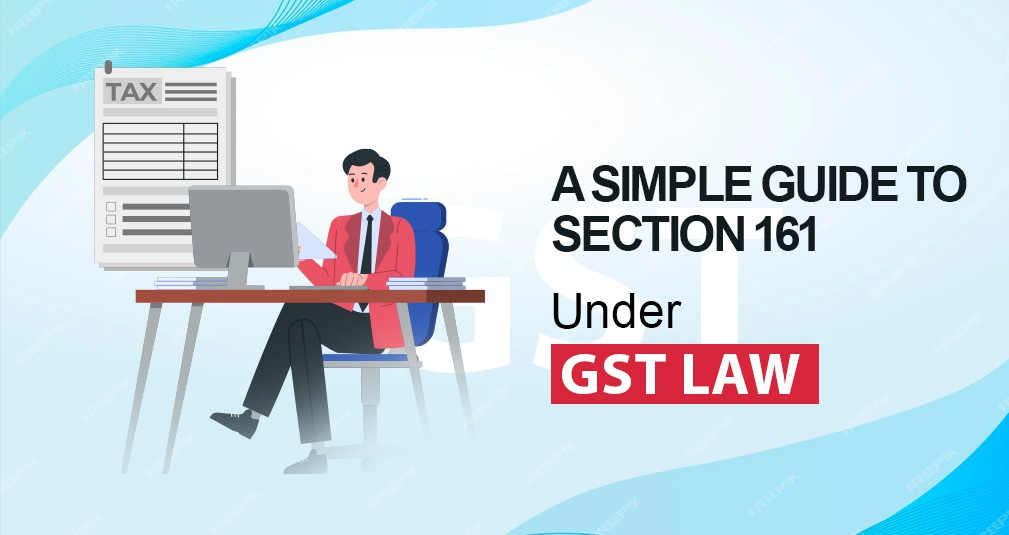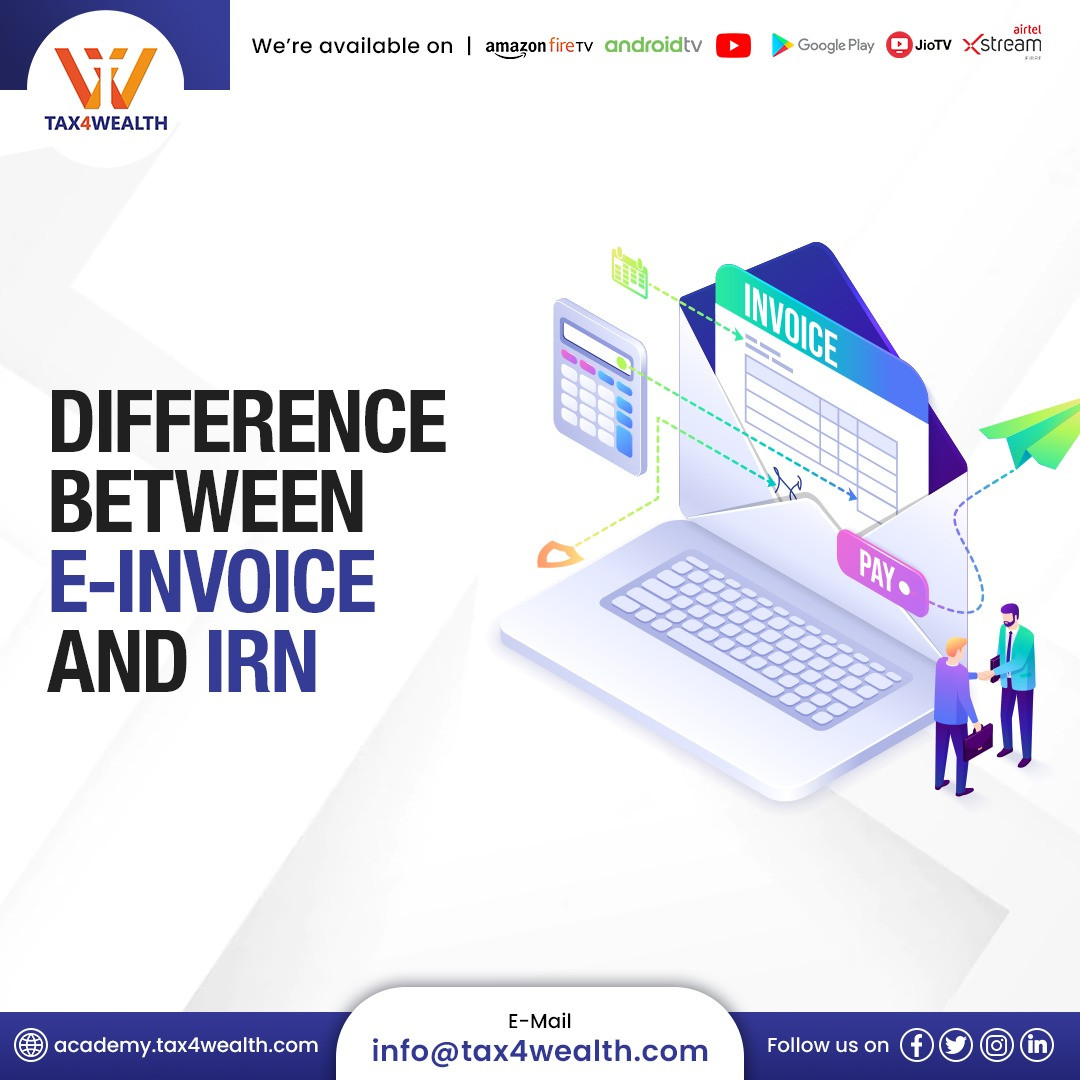
What is The Difference Between E- Invoice and IRN? Steps to Generate an E-Invoice and IRN under GST
The GST system, which came into existence with the aim of revolutionary tax reform in the country, has brought into existence many new processes. E-invoice and IRN processes are particularly important in this.
What is E-Invoice?
In general, an E-invoice is a document that contains the complete details of the buyer and the details of the goods or services supplied, and the price. It is a legal record of what was sold or what services were supplied. It mentions the date of payment, name of the business, contact details, contact details of the buyer, date of issue, etc. Invoice plays a vital role in curbing tax evasion as well as ensuring the interoperability of data with different systems. But e-invoicing does not just mean generating invoices from the central portal of the tax department.
Instead, an e-invoice requires a business to generate an invoice in a prescribed format. Such invoices have to be uploaded on a portal designed for authentication. E-invoice under the GST is a process in which a normal business receipt is electronically validated by the GSTN network. A unique number or identification number is also issued to each such receipt by the Invoice Registration Portal of the GST Network. Earlier, e-invoice was mandatory in B2B transactions for businesses or companies with a turnover of more than Rs 10 crore.
At present, an E-invoice is also being made mandatory for businesses and companies with an annual turnover of 5 crores. If a company or business with a turnover limit set by the government does not implement the e-invoice system, then it is fined. Either the entire outstanding tax will be recovered from him or a penalty of Rs 10,000 per receipt is levied.
What is IRN?
IRN stands for Invoice Reference Number, on submitting all the requested information, the receipt is verified by the e-invoice system of GST Network. And for that, a unique IRN i.e., IRN is issued. This IRN is 64 digits. This number is generated by the e-invoicing system using a hash generation algorithm. That's why it is also called hash. It is formed by including G S T I N+fin.year+doc type+doc number etc. of the supplier. Presently two methods are used to issue IRN (a) using offline tools, and (b) using API based system.
Difference Between E-Invoice and IRN:
|
Aspect |
E-Invoice |
IRN (Invoice Reference Number) |
|
Definition |
A digital version of a tax invoice is generated and authenticated electronically. |
A unique reference number is assigned to each E-Invoice generated. |
|
Purpose |
It is an electronic format of an invoice that replaces physical invoices. |
It is a unique identification number generated for each invoice. |
|
Generation |
Generated by the taxpayer or accounting software in a specified format (JSON). |
Assigned by the Invoice Registration Portal (IRP) upon successful validation of the E-Invoice data. |
|
Format |
E-Invoice follows a specific format defined by the government tax authorities. |
IRN is a unique alphanumeric code assigned to each invoice. |
|
Data Validation |
E-Invoices undergo validation checks for accuracy and adherence to tax regulations before generation. |
IRNs are generated after successful validation of the invoice details. |
|
Significance |
E-Invoice Facilitate automation and integration of invoice data with the tax system. |
IRNs serve as a reference for the authenticity of an invoice in the government’s tax portal. |
|
Compliance |
E-Invoices are part of the compliance framework implemented by tax authorities to track transactions. |
IRNs ensure the authenticity of invoices and enable verification during audits or tax inspections. |
|
Usage |
E-Invoices are exchanged between businesses and are shared with tax authorities for reporting purposes. |
IRNs are mentioned on physical or electronic invoices for identification and validation purposes. |
|
Storage |
E-Invoices are stored electronically by businesses and tax authorities for recordkeeping. |
IRNs are stored along with invoice details for future reference and verification. |
|
Legal Requirement |
E-Invoicing is mandated by the government tax authorities in certain jurisdictions. |
IRNs are a legal requirement in jurisdictions where they are mandated by the tax authorities |
Steps to Issue E-Invoice:
Step 1: Creating an E-invoice on any ERP/Accounting software
When the E-invoice is uploaded to the GST system, certain information needs to be filled in a prescribed format. Only then the Invoice Registration Portal of GST Network will accept and verify it.
The following information is required to generate the invoice:
- Document Type Code
- Legal Name of the Supplier
- GSTIN Number of the Supplier
- Supplier's Address
- Place of Supply
- Supplier's State Code
- Supplier pin code
- Document Number
- Last Original Invoice Number
- Legal Name of the Buyer
- GSTIN of the buyer
- Purchaser's Address
- Buyer's State Code Number
- Buyer's State Name
- Pin Code Number of the Location of the Buyer
- Buyer's Location
- GSTIN for Shipping
- Zip Code of the Shipping Location
- Name, address, place, and pin code of the place from where the goods are to be dispatched
- Mention if the supply includes a supply of services
- Supply Type Code
- Item Description
- HSN Code
- Item Price
- Accessible Value
- GST Rate
- Total IGCT Value
- Total CGST Value
- Total SGST value
- Total Invoice Value
- JSON file of the Final Invoice
Step 2: IRN Issue Stage to Acknowledgment
After filling in all the above-mentioned information, a unique 64-digit IRN is generated by the e-invoice system.
Step 3: Generating the QR Code of the Invoice
In the third step, after generating the IRN, the E-invoice system will digitally sign the e-invoice and also generate the corresponding QR code. It will be possible to see the details of this invoice from anywhere anytime with this QR code.
Conclusion:
It's important to note that the exact steps and procedures may be subject to change as per updates and notifications from the Indian government. It's advisable to refer to the official GST portal or consult with a tax professional for the most accurate and up-to-date information regarding E-Invoice and IRN generation under GST.
For more information, Visit us at: https://academy.tax4wealth.com/
Related News
No comments yet, Be the first to comment.




